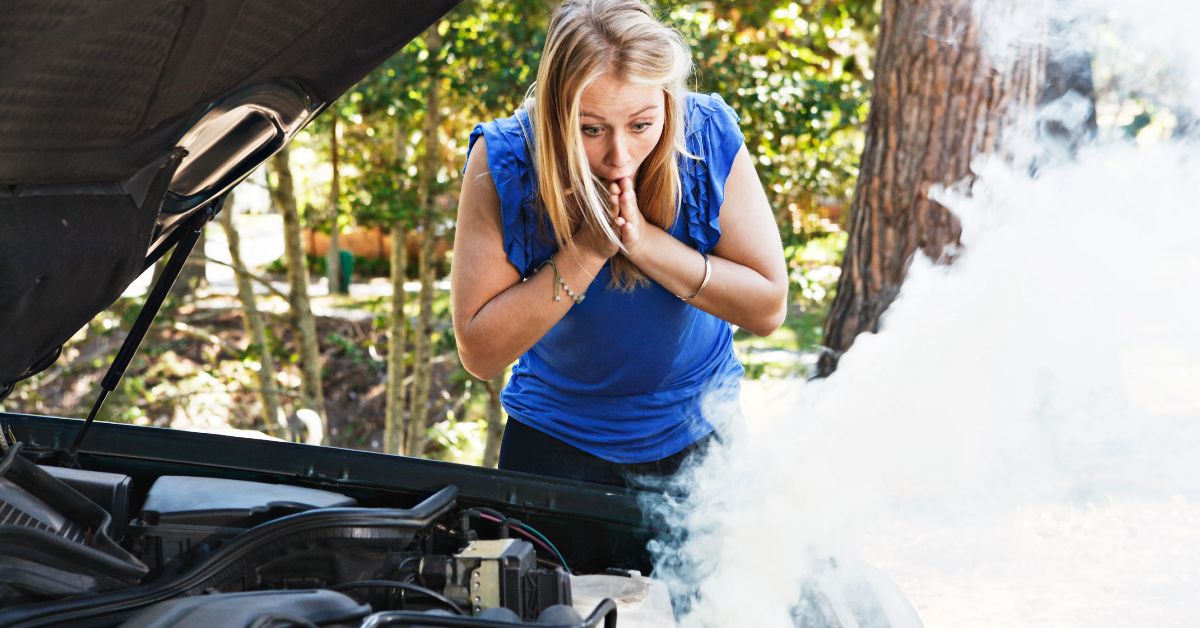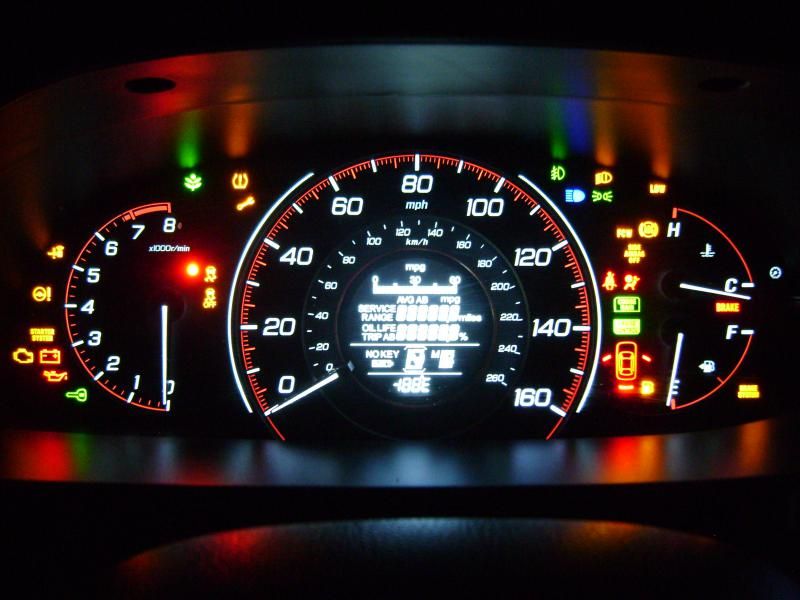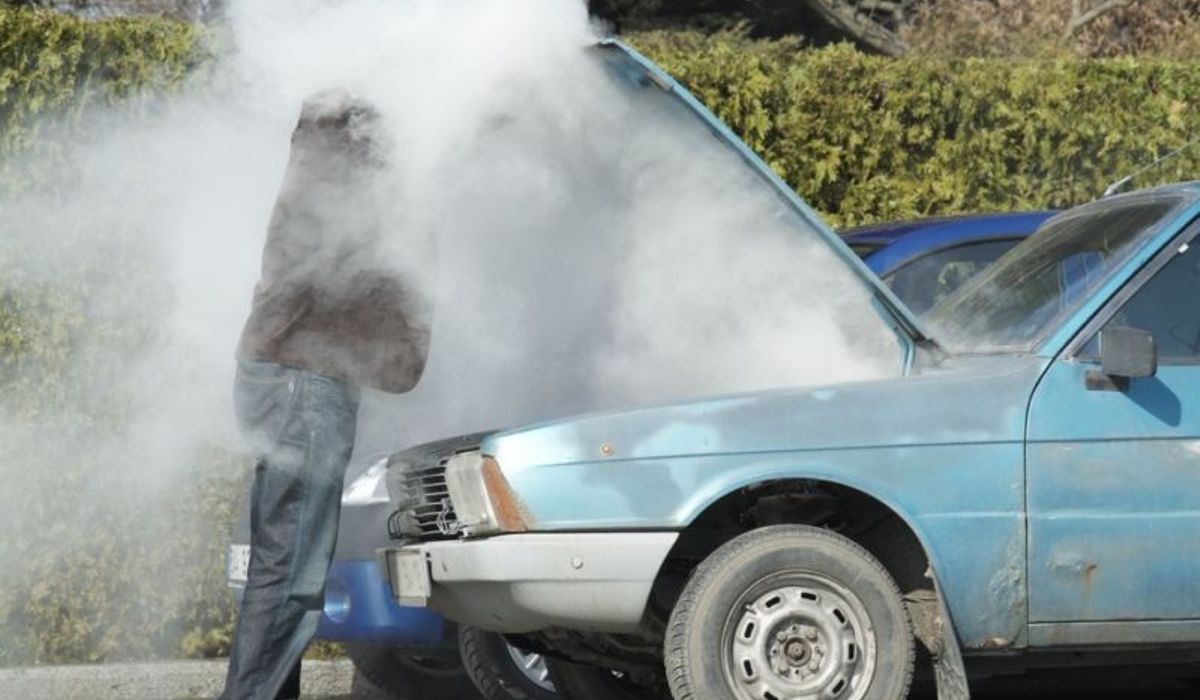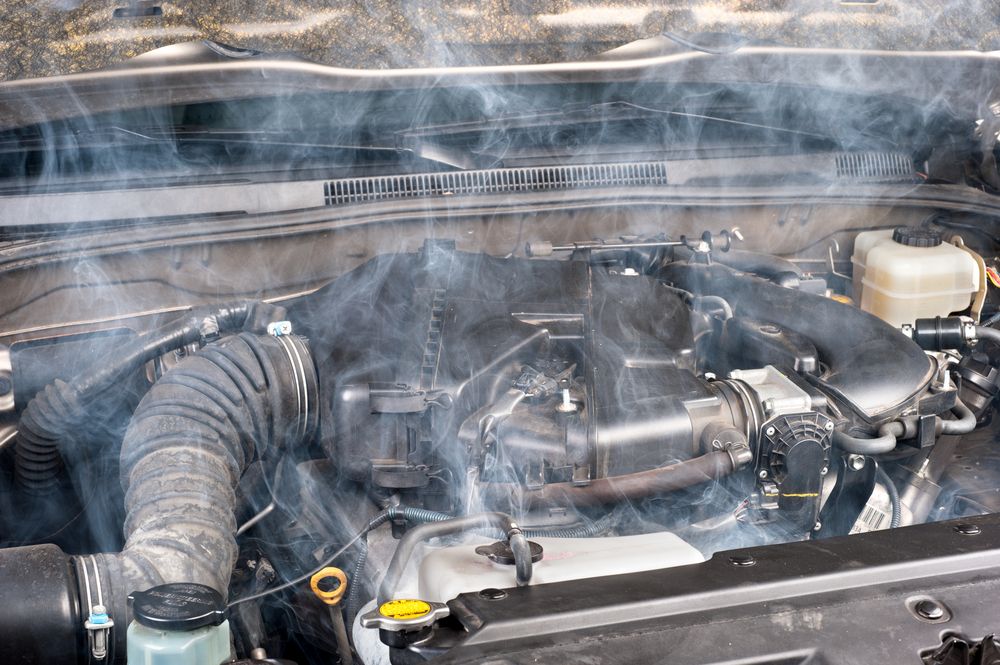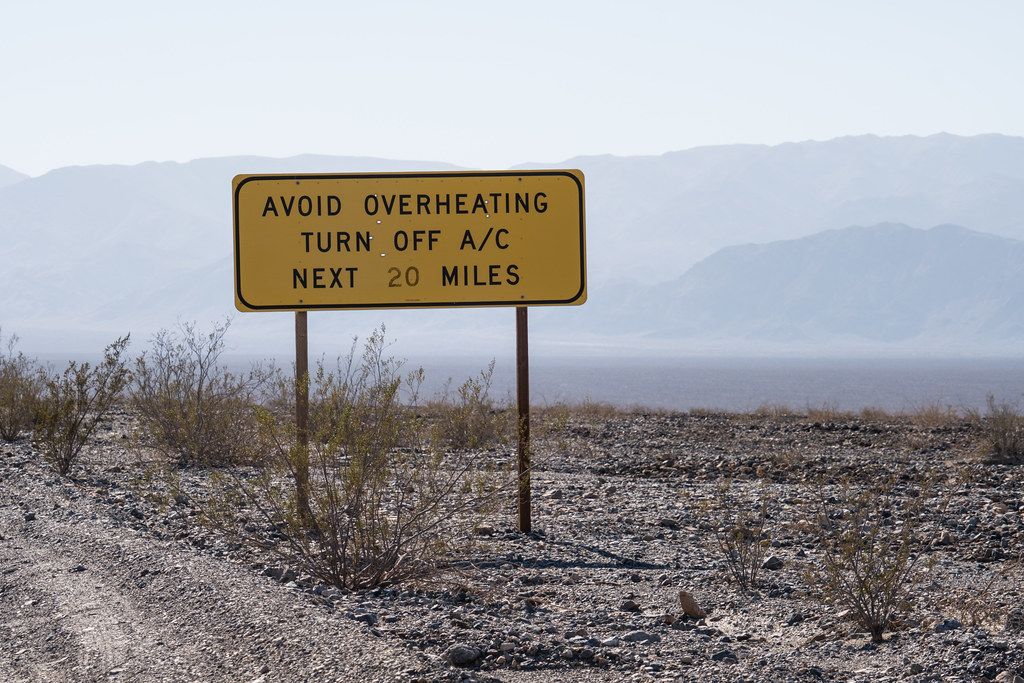There are a lot of things going on under the hood of your car at any given point, more things than you probably realize. Whether you're a savvy DIY mechanic or completely baffled by your car's inner workings, there are many important aspects of car ownership that can get overlooked.
One of the most important components of your car is the coolant, and it's also often forgotten. You don't need to check it all the time and you certainly don't have to change it as frequently as you change your oil, but after a while, some people simply take it for granted. Maybe they know full well that the coolant is due for a top off, but choose to postpone it to save a few bucks or a trip to the store.
Read on to find out the kind of damage you could potentially inflict on your vehicle if you run it without coolant.
Lights On The Dashboard
Your car, depending on how new it is, will typically realize that something's amiss. The check engine light and the temperature gauge will flicker on first, followed by an overwhelming array of other symbols. All these pretty colors are called "idiot lights," which sounds funny until you realize you'd be an idiot for not knowing what they mean. If you're purposefully skimping on coolant, this won't sound like a big deal. It's just a bunch of lights. However, it can also act as a warning system for anyone who doesn't realize their car has a leak.
Overheating
Coolant, as the name so plainly entails, cools the engine. Without it, the engine is pumping pistons, and creating thousands of small explosions every minute (rpm), without ever cooling down. If you're simply driving along without coolant, whether a pump sprung a leak or you purposefully avoided putting coolant in, the car will overheat both inside and out. It might start making strange noises, which can be one of the many signs of some expensive repairs.
Additionally, engine power will drastically drop. But the most noticeable symptom your vehicle overheating. If you still have any coolant in the system (or any liquid for that matter), it may start to boil and steam, creating a big white smoke cloud from under your hood.
Engine Damage/Shutdown
Like any other technology, cars have been getting smarter as the years go by. If you're driving a newer car, it'll automatically shut down the engine when things get dicey. While this would be a bit dangerous if you're out on the open road, it's better than the alternative.
By running a hot engine without coolant, you're essentially melting every component inside. The pistons that pump up and down warp and bend. The head gaskets that keep coolant and oil separated begin to crack, which is a whole other level of disastrous. The damage done can be irreversible, but if by some miracle you find a mechanic who can do a whole engine rebuild, the labor costs will really break the bank (think $4,000 to $8,000). If you are a DIY kind of person, the parts aren't hard to find or expensive to buy, though there are plenty of reasons why people shouldn't perform their own highly advanced repairs.
But the time you'll spend fixing the car would be far greater than the time it would've took to just keep your coolant topped off and flushed every now and then.
Some Safety
So now that you know it's bad to run a car without coolant, what should you do if it ever happens? How can you spot it early? Most people don't purposefully dump out their coolant and start their engines, the most common occurrence is a leak. It's important to know what kind of coolant your car runs, that way you'll recognize it if you see it all over your driveway.
However, if you ever find yourself in a situation where your car's overheating on the road.
Here's what you should do:
- Turn off your air conditioner
- Turn on your heater to circulate the heat out of the engine
- Flip on your hazards and pull over safely
- Turn off the car and wait for a few minutes
- Open the hood and let it
- Call a tow truck.
Yes, you can check to see if the coolant level is normal or if the radiator hoses sprung a leak, but unless you have all the necessary components in the trunk of your car, and are a DIY master/MacGyver, you're probably not going to perform a roadside repair. Not everyone is cut out to be a mechanic, so play it safe, and leave it to the pros.

